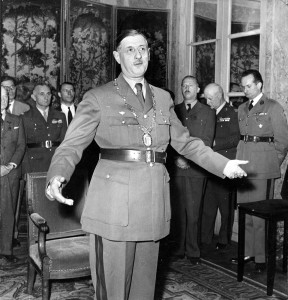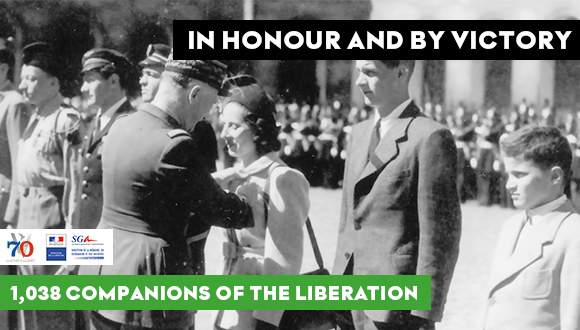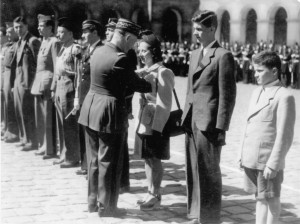The 1,038 Companions of the Liberation did not form a homogeneous group. They differed in age, rank, social background, nationality, political and religious convictions.
 What united them all was their early resistance against the occupying forces. Indeed, 90 % of them had joined the French Resistance movements prior to 1942. Accordingly, General de Gaulle selected his Companions among the “Pioneers of French Resistance”. Their actions included all forms of combat: within the uniformed services in the Free French Forces and operating underground in the Resistance movements. As such, the companions are, above all, symbols of man’s resilience in the face of adversity and representatives of all who made the same choice between 1940 and 1945.
What united them all was their early resistance against the occupying forces. Indeed, 90 % of them had joined the French Resistance movements prior to 1942. Accordingly, General de Gaulle selected his Companions among the “Pioneers of French Resistance”. Their actions included all forms of combat: within the uniformed services in the Free French Forces and operating underground in the Resistance movements. As such, the companions are, above all, symbols of man’s resilience in the face of adversity and representatives of all who made the same choice between 1940 and 1945.
Two-thirds of the Companions of the Liberation came from regular Free French Forces, the other third was issued from the Resistance movements operating in secret within occupied France. Although the ultimate goal of their commitment was the same, the very nature of their actions differed greatly. In all, one-third of them did not survive the war.
the other third was issued from the Resistance movements operating in secret within occupied France. Although the ultimate goal of their commitment was the same, the very nature of their actions differed greatly. In all, one-third of them did not survive the war.
Credits photos : © the Musée de l’Ordre de la Libération / All rights reserved



Ajouter un commentaire